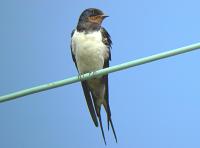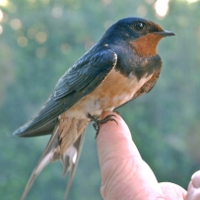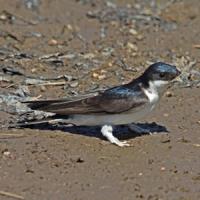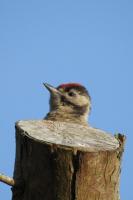- Home
- FAQs
- Customer Video Gallery
- Customer Photo Gallery
- Bird Facts
- Bird Food Blog
- Bird Information
- Feeding Advice
- Small Animal Information
- A to Z of Guinea Pigs
- A to Z of Hamsters
- A to Z of Rabbits
- Basic Care for Guinea Pigs
- Basic Care for Hamsters
- Basic Care for Rabbits
- Basic care for Chinchillas
- Basic care for Ferrets
- Basic care for Gerbils
- Basic care for Mice
- Basic care for Rats
- Buying a Healthy Small Animal
- Does your Reptile need a Licence
- Equipment for Ferrets
- Equipment for Hamsters
- Equipment for Mice
- Equipment for your Chinchilla
- Equipment for your Gerbil
- Equipment for your Guinea Pig
- Equipment for your Rabbit
- Keeping a House Rabbit
- Dog Information
- Cat Information
- Customer Information
- Fat Balls
- Suet Pellets
- Straights
- Seed Mixes
- Suet Treats
- Bird Feeders
- My Account
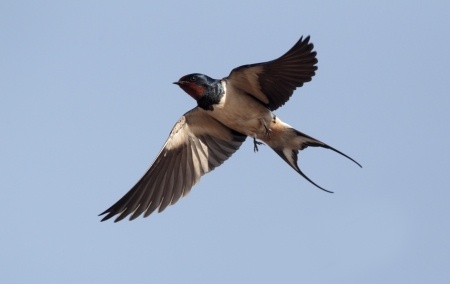
| Scientific Name | Hirundo rustica |
| Breeding | April-May |
| Fledge Days | 17-24 |
| Incubation Days | 14-16 |
| Lifespan | 2 years |
| Number of Clutches | 2-3 |
| Number of Eggs | 3-8 |
| Size | 17 - 19cm |
| Weight | 16 - 25g |
| Wingspan | 32 - 35cm |
Bird Family : Swallows and Martins
Swallow Facts - Information About Swallow
Swallow - Hirundo Rustica
The Swallow or Barn Swallow, its full title is a widespread common summer visitor to the United Kingdom. It is a well known bird which is commonly found nesting under the eaves of houses and other suitable places.
The Barn Swallow spends about 6 months in the UK arriving in April and stays till October.
Identification
Adult
- Without doubt the UKs most easily recognised birds, fast flying with long forked tail, the arrival of the Swallow signals the beginning of Summer.
- Adult males and females are alike; the female may have slightly shorter and blunter tail streamers.
- Swallows belong to the ‘Hirundine’ family; they are around 20cms in length which includes the tail projection.
- The entire upperparts are a deep bluey-black glossed with a purple/blue sheen, the tail is long, dark and forked with obvious small white markings at the base, these can be seen when the tail is spread.
- The tail is the best identifiable feature.
- The face of the swallow is deep red, ear coverts are black and it shows a black bib.
- The breast, belly and undertail coverts are all white.
- The bill is small and black, legs black, eye black.
- Swallows spend the majority of their time airborne, hawking insects and drinking from pools by low flying skimming.
- They can often be seen perched on telegraph wires close to nest sites.
- They will also form large roosting flocks at dusk and frequently roost in reed beds.
Juvenile
- Juveniles appear from May onwards and look similar to adults.
- Young birds lack the dark red face, this instead is a pale reddish buff.
- The upperparts lack the sheen of the adults and the tail is s a lot shorter.
- Bill, eye and legs black.
Status and Distribution
The Swallow is a very abundant breeding summer migrant in the UK with over 700,000 pairs. The Swallow occurs in all counties throughout the UK.
Swallows start to arrive in April and start to leave in September/October.
Habitat/Food
Swallows occur in all habitat types throughout the UK, woodlands, parks, gardens, farmland, indeed any open country.
They are aerial feeders, taking a huge array of insects’ on the wing, they nest under eaves and other suitable overhangs.
Song/Call
Several call notes; most often a sharp metallic ‘ship’ which can be repeated, The alarm call is a stronger , louder repeated ‘ shripp…. shripp’
Song is a series of twittering notes which often finishes with a short rattle.




